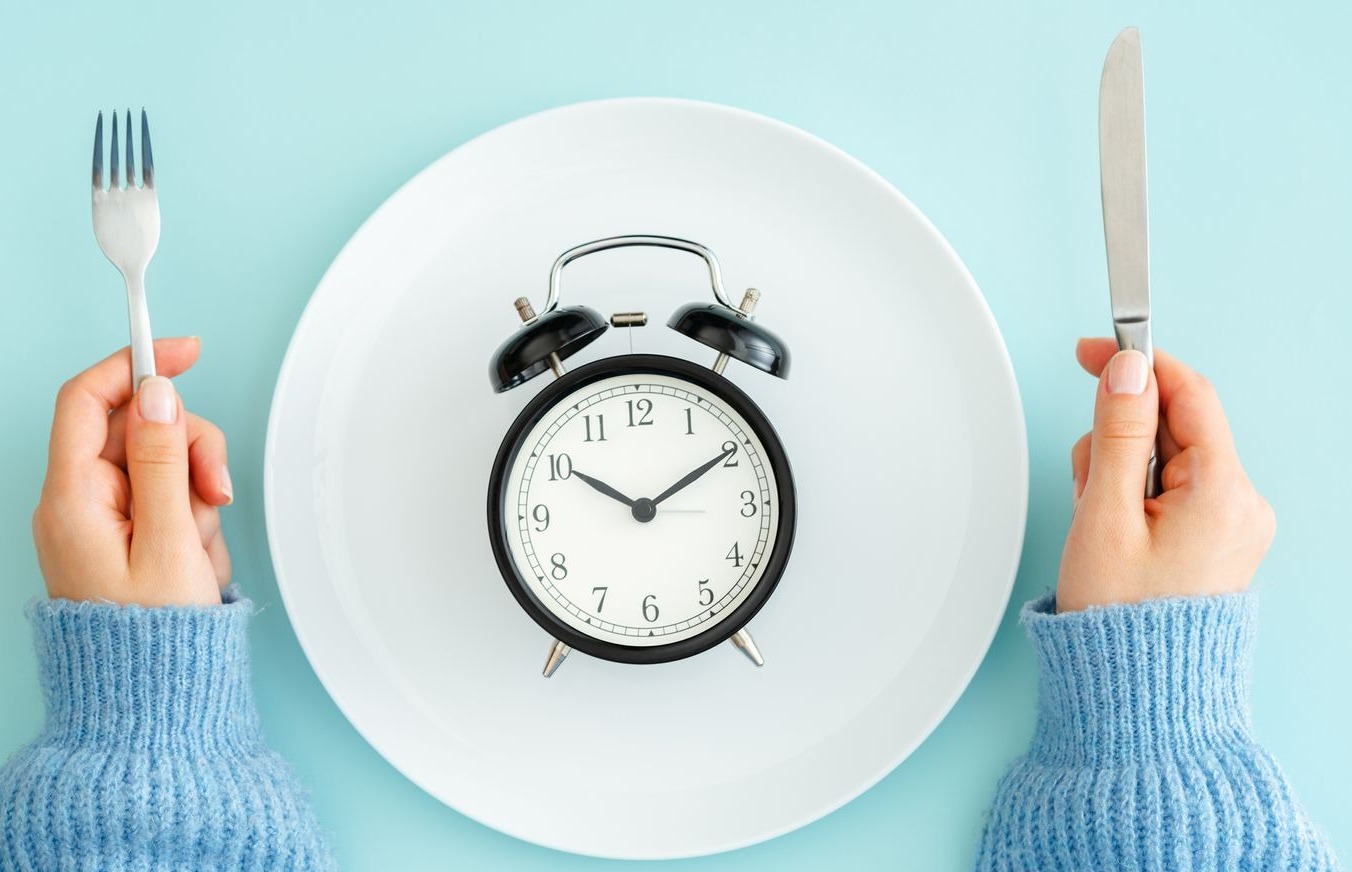Intermittent fasting places more emphasis on when to eat than typical diets do on what to eat. People who follow this eating pattern alternate between eating and fasting. The 16/8 approach, which involves fasting for 16 hours and eating inside an 8-hour window, is one popular technique. Intermittent fasting isn’t for everyone, though. It can have a number of negative implications if not done properly.
You can feel more hungry after going for long stretches of time without eating, especially in the beginning. If you are accustomed to eating often, cravings may become more intense. Some people may experience fatigue or poor energy, especially during the period of transition. Low blood sugar levels brought on by fasting might leave you feeling weak and exhausted. Sleep problems brought on by intermittent fasting may cause fatigue during the day. One common consequence of fasting is headaches. According to studies, they might be connected to low blood sugar, dehydration, and caffeine withdrawal. Particularly when fasting, headaches can be mild to severe in intensity.
If you’ve never fasted before, start with shorter fasts and work your way up as your body becomes used to it. To avoid being dehydrated during fasting, drink a lot of water. Herbal teas are another option. Make consuming nutrient-dense foods that offer a balance of vital nutrients a priority during times when you are not fasting. Keep an eye on how your body reacts and adjust your diet as necessary. Steer clear of overindulging during mealtimes.






















+ There are no comments
Add yours